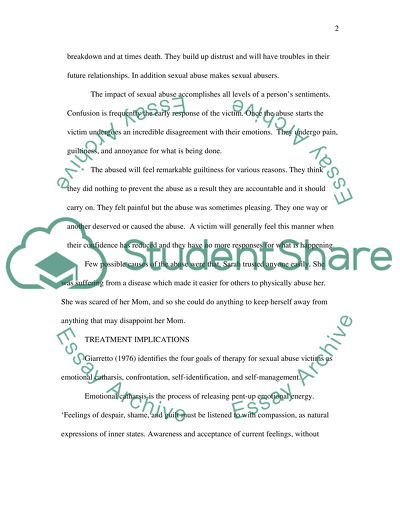Cite this document
(“Protection of the Individual from Possible Harm and Abuse Essay”, n.d.)
Retrieved from https://studentshare.org/sociology/1506320-protection-of-the-individual-from-possible-harm-and-abuse
Retrieved from https://studentshare.org/sociology/1506320-protection-of-the-individual-from-possible-harm-and-abuse
(Protection of the Individual from Possible Harm and Abuse Essay)
https://studentshare.org/sociology/1506320-protection-of-the-individual-from-possible-harm-and-abuse.
https://studentshare.org/sociology/1506320-protection-of-the-individual-from-possible-harm-and-abuse.
“Protection of the Individual from Possible Harm and Abuse Essay”, n.d. https://studentshare.org/sociology/1506320-protection-of-the-individual-from-possible-harm-and-abuse.


